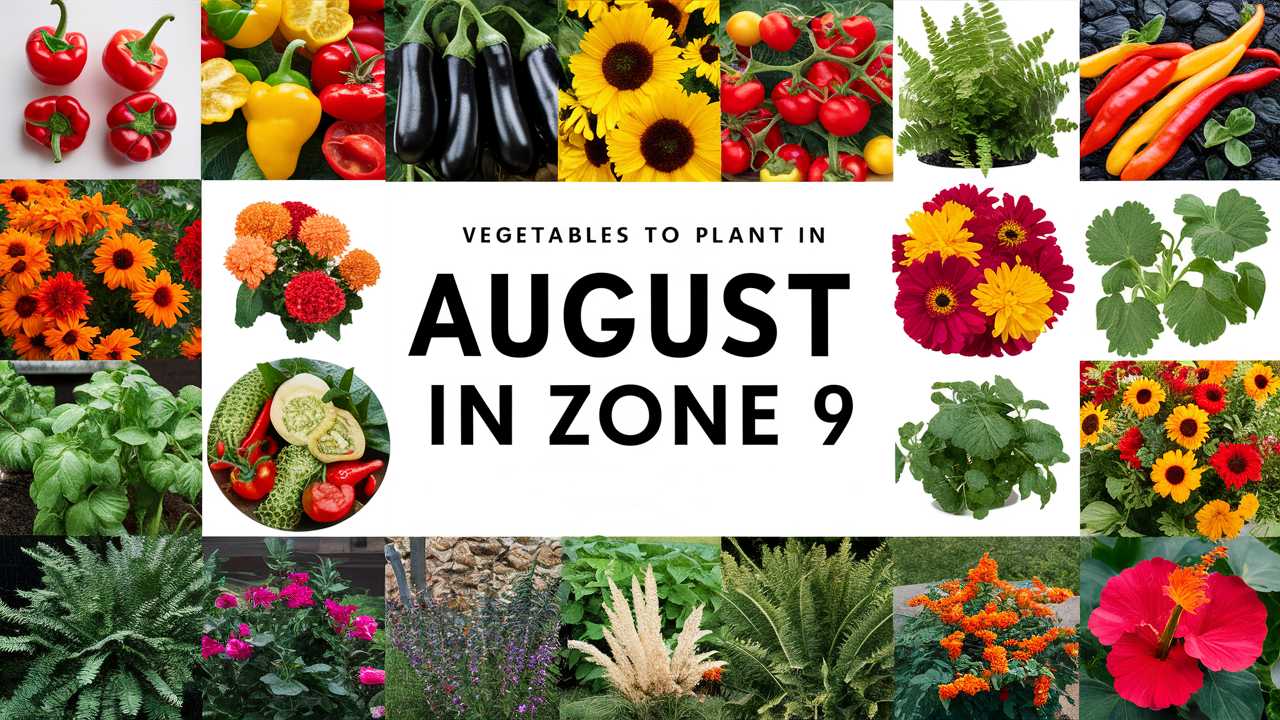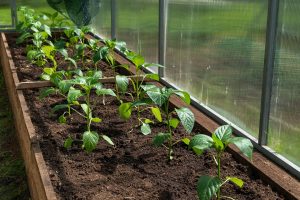Gardening in August within USDA Zone 9 presents a unique opportunity for home gardeners. With mild winters and warm autumns, this zone allows for a diverse range of vegetables to flourish. For those seeking to extend their growing season or begin their fall gardens, this month is the perfect time to plant a variety of vegetables.
In this guide, we will explore different vegetables that thrive when planted in August in Zone 9. Each entry will detail the plant’s temperature tolerance, optimal planting dates, and essential care tips, ensuring you can maximize your harvest.
Tomatoes
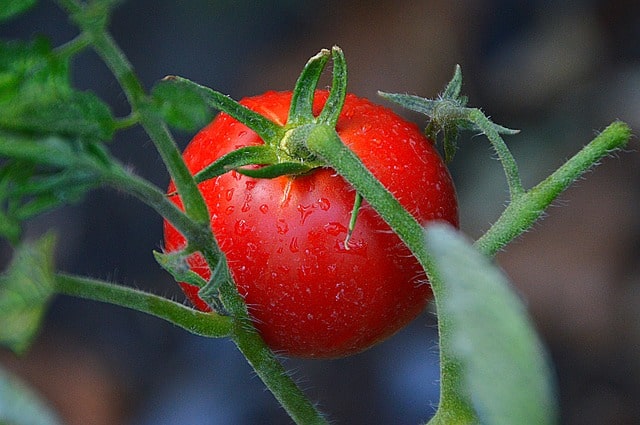
One of the most popular vegetables for gardeners, tomatoes thrive in the heat of summer and can continue to produce well into the fall. August is a great time to plant heat-tolerant varieties, such as ‘Juliet’ or ‘Sun Gold,’ which produce delicious fruits even in warmer climates. Tomatoes prefer daytime temperatures between 70°F and 85°F, but they can tolerate higher temperatures as long as they have adequate moisture. Be sure to plant your tomatoes in well-drained soil and provide support as they grow to ensure a bountiful harvest.
Peppers
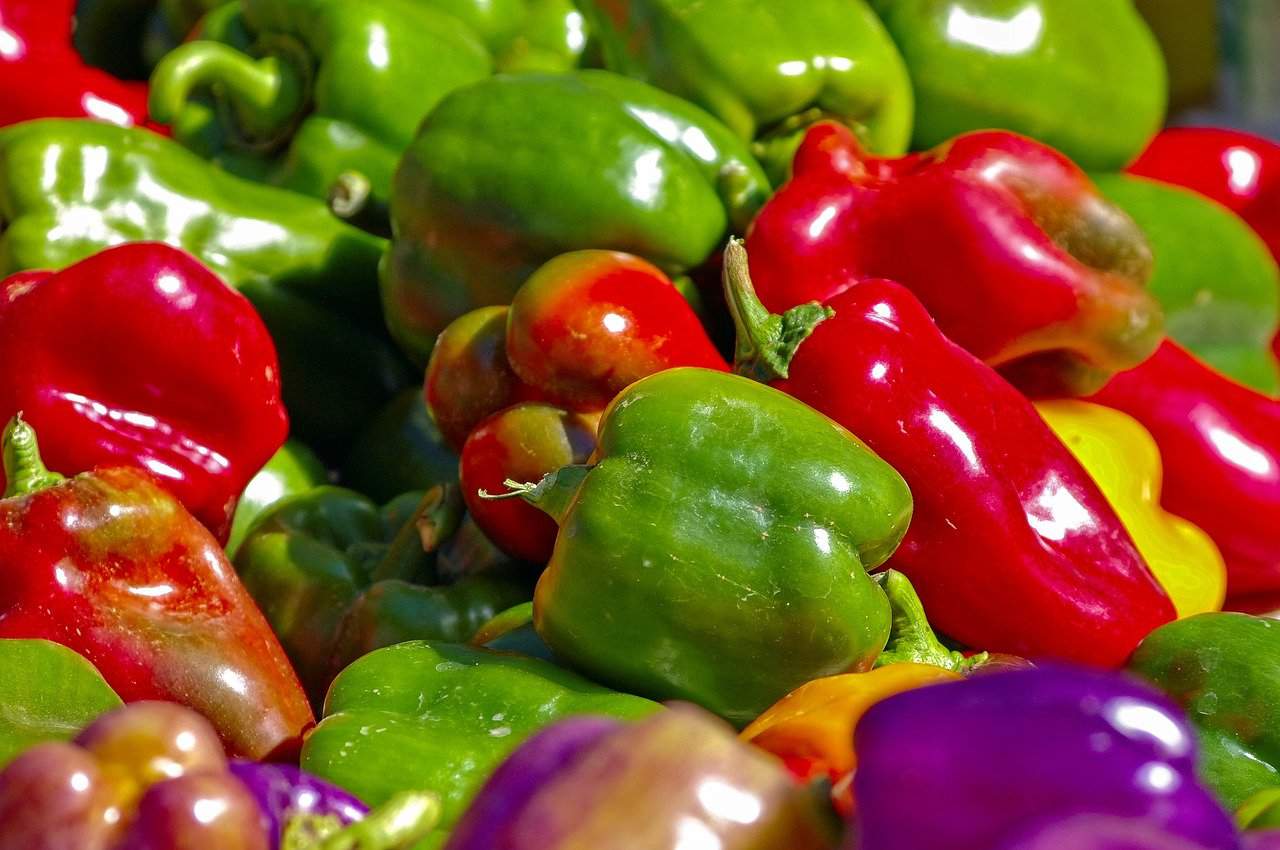
Hot and sweet peppers are ideal for planting in August, as they appreciate the warm weather of Zone 9. Varieties like jalapeños, bell peppers, and serranos thrive in temperatures ranging from 70°F to 90°F. Planting in early to mid-August allows peppers to mature right before the first frost, typically occurring in late October for Zone 9. Make sure to choose a sun-soaked spot in your garden, and water them regularly to promote strong growth and fruit production.
Beans
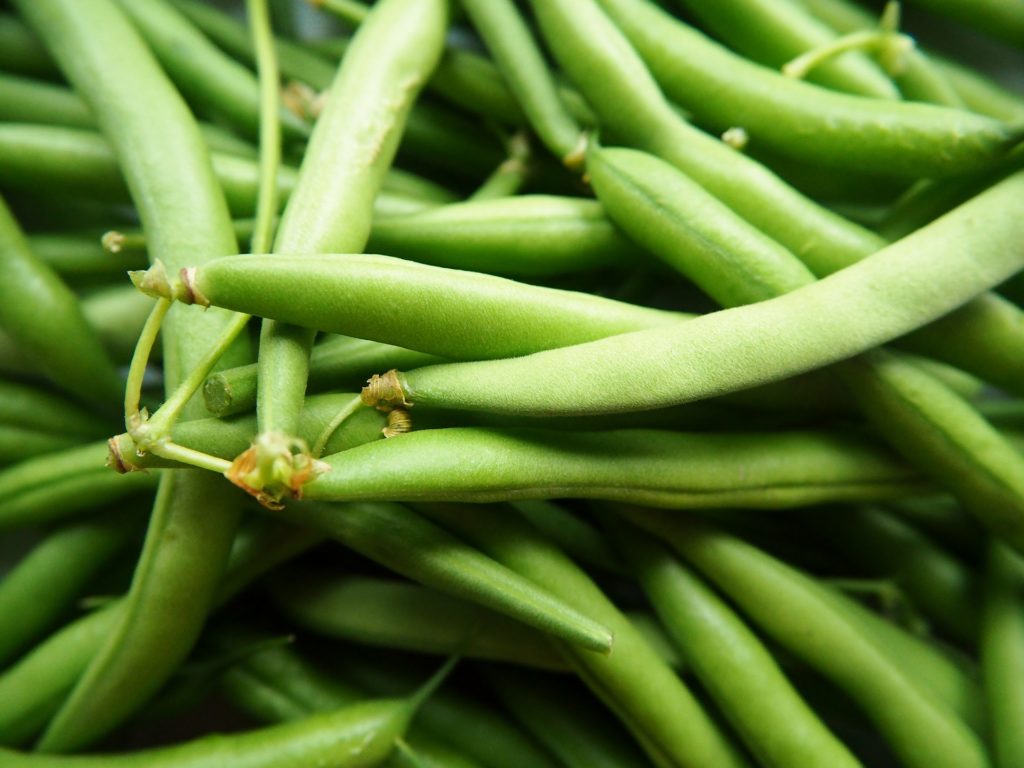
Both bush and pole beans can be planted in August in Zone 9. These legumes prefer warmer temperatures and grow well in well-drained soil enriched with organic matter. Beans are generally best sown when soil temperatures reach at least 65°F. August is an excellent time to sow both varieties, as they will thrive during the warm late summer months. Additionally, legumes are fantastic at fixing nitrogen in the soil, which benefits subsequent plantings.
Cucumbers
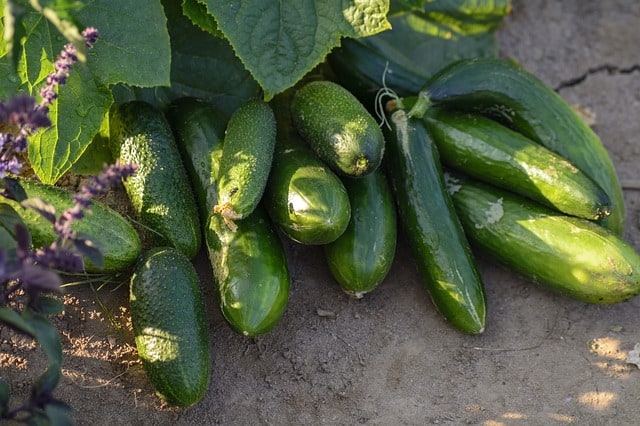
If you’re looking for a quick-growing crop, cucumbers are a perfect choice. August planting can produce a robust harvest before frost sets in around late October. These warm-season vegetables prefer temperatures of 60°F to 95°F but are most productive in the range of 75°F to 85°F. Use trellises to save space and enhance air circulation around the plants, which helps reduce the risk of disease. Regular watering is key to ensuring crisp, juicy cucumbers.
Summer Squash
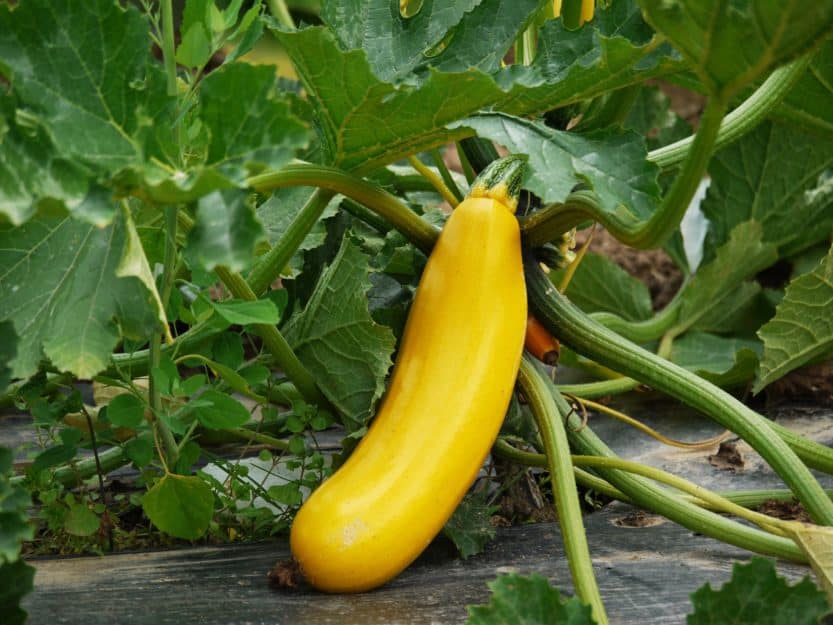
Summer squash varieties, such as zucchini and yellow squash, can be successfully sown in August. They grow rapidly, making it easy for gardeners to enjoy a fresh harvest within a few weeks. These plants thrive in warm temperatures, preferably between 70°F and 90°F, and need fertile, well-draining soil. It’s crucial to keep summer squash well-watered, as they can quickly develop a lackluster flavor if they experience drought stress.
Carrots
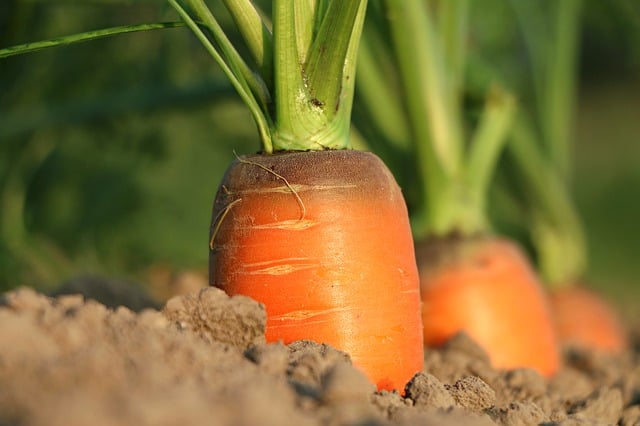
Carrots can be sown in August, making them an excellent choice for interval planting. They prefer cooler climates, but in Zone 9, they benefit from the warm days and cool nights that late summer offers. Plant carrot seeds directly in loose, well-drained soil, ideally at a seed depth of about a quarter of an inch. With a germination period that can take up to three weeks, be patient, and ensure consistent soil moisture for the best results. The cool temperatures of fall aid in enhancing sweetness.
Beets
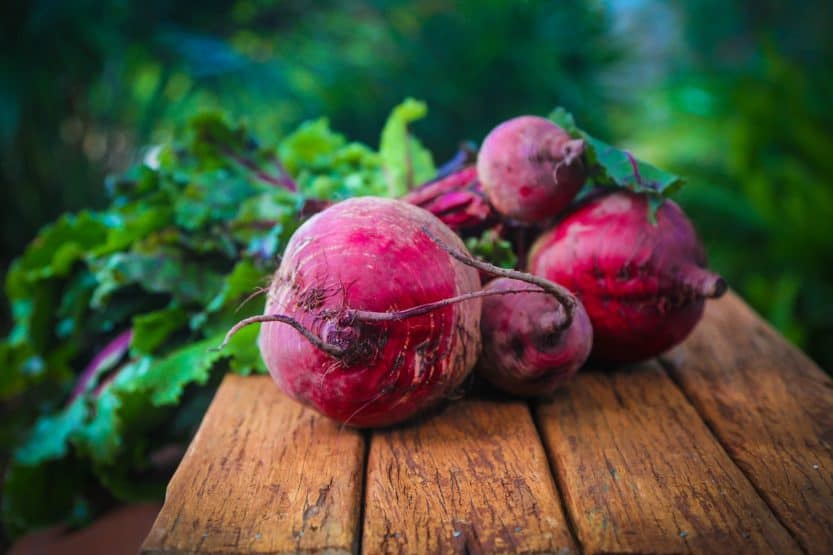
The sweet, earthy flavor of beets makes them popular among gardeners, and August is the perfect time to plant them in Zone 9. As tolerant as carrots of cooler temperatures, beets grow well in temperatures between 50°F and 70°F. Plant beet seeds 1-2 inches apart directly in the soil and thin them as they grow, ensuring proper spacing for optimal bulb development. Regular watering is essential since a consistent moisture level will yield sweeter roots.
Radishes
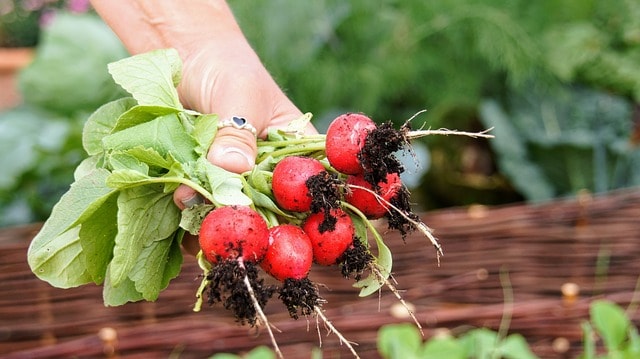
Radishes are one of the fastest-growing crops, and they thrive with an August planting in Zone 9. They prefer cooler nighttime temperatures, making late summer a great time for them to establish roots. Sowing seeds every couple of weeks from late August into early September can provide a continuous harvest. These versatile vegetables grow best in temperatures ranging from 50°F to 70°F and are best when planted in loose, well-draining soil.
Spinach
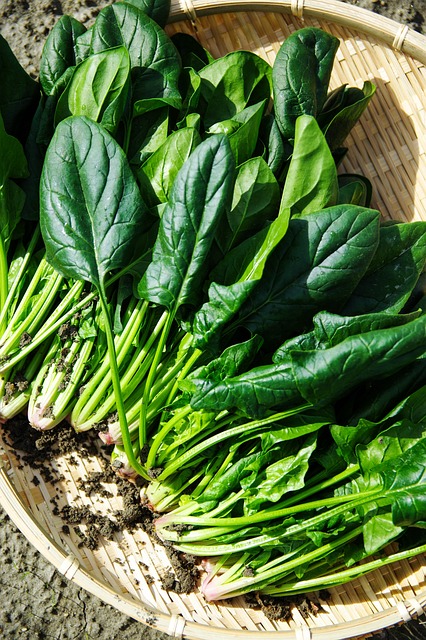
Spinach is a nutrient powerhouse and prefers cooler temperatures, making August planting an advantageous choice in Zone 9. The plant thrives in temperatures of 50°F to 70°F. Plant spinach seeds directly in the garden with spacing that allows for robust leaf growth. This leafy green loves consistently moist soil, so ensure proper watering, especially as seedlings are establishing. With its short time to harvest, you can enjoy fresh spinach even before the first frost.
Kale
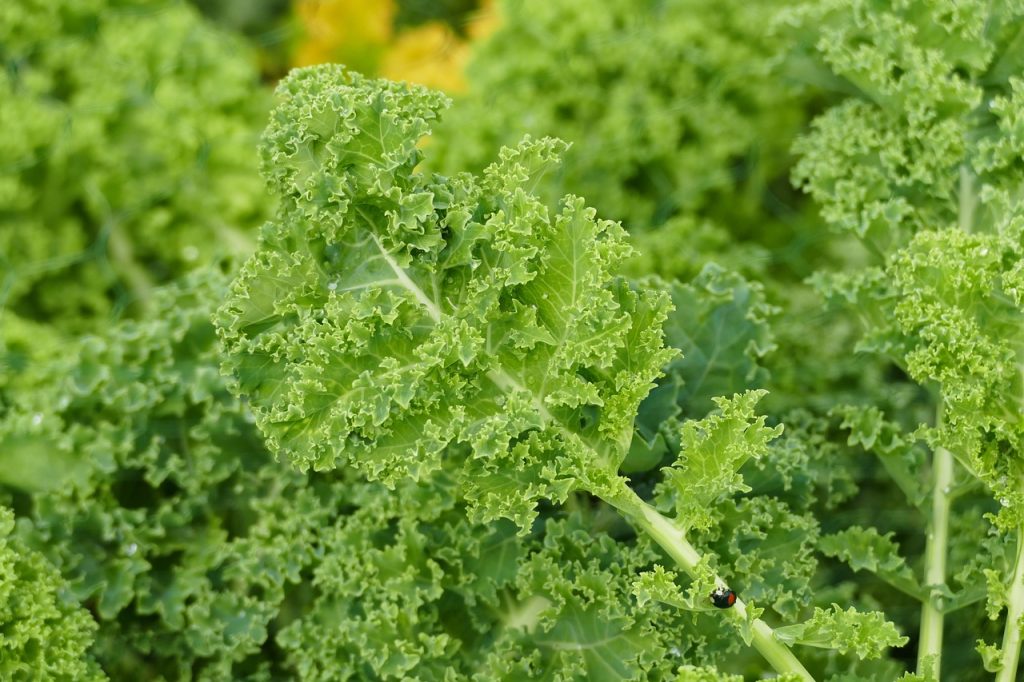
The leafy greens of kale are not only nutritious but also quite resilient against cooler temperatures, making August a suitable time for planting. With optimal growth occurring in temperatures ranging from 60°F to 70°F, this leafy vegetable will appreciate the mild warmth of late summer. Plant kale seeds directly into the ground and thin them to allow for sufficient growth space. After being touched by frost, kale also tends to develop an even sweeter taste, making it a rewarding fall harvest.
Swiss Chard
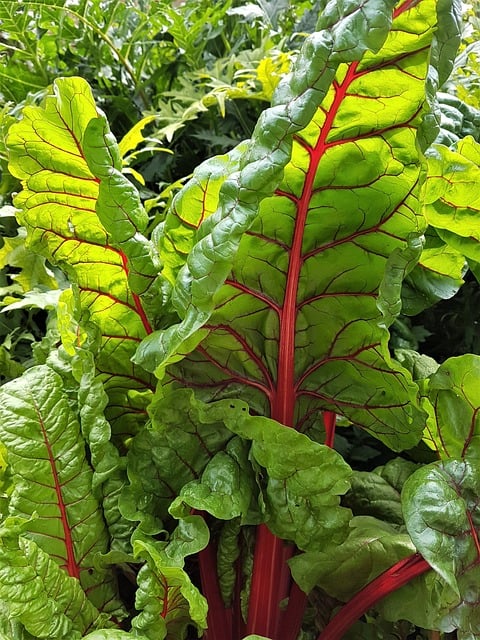
Another leafy green that performs exceptionally well in Zone 9, Swiss chard can also be sown in August. It flourishes in warm temperatures but can tolerate cooler nights. These colorful plants prefer well-drained soil rich in organic matter. Providing consistent watering is crucial to promote healthy leaf growth. Swiss chard is known for its resilience and can be harvested well into late fall, making it a favorite among gardeners.
Broccoli
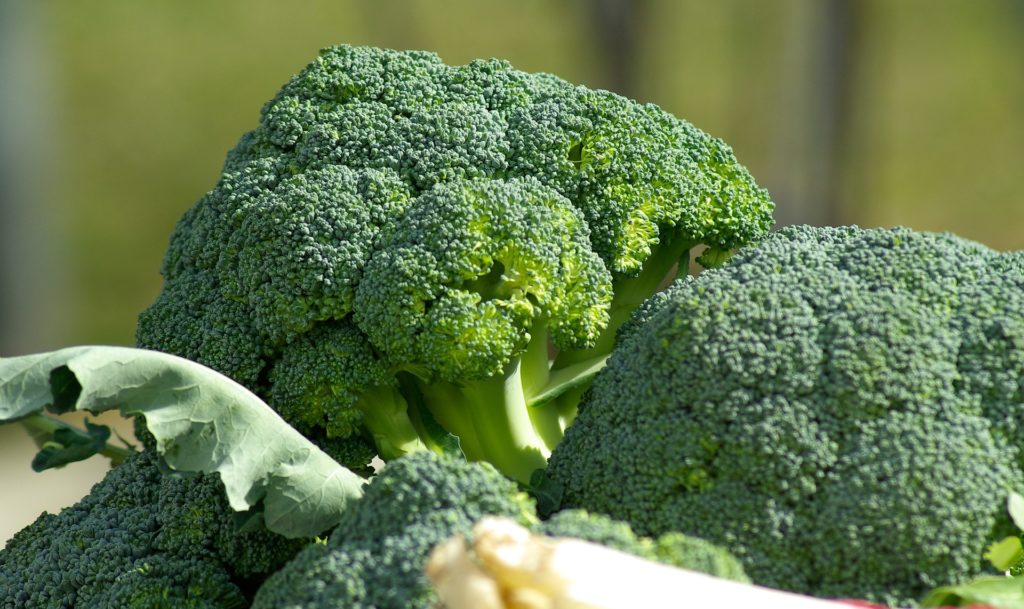
Broccoli is a cool-season crop that can be successfully planted in August in Zone 9. Typically, it prefers temperatures between 60°F and 70°F for optimal growth. Start with seeds indoors in late July or early August, then transplant them outdoors when they have a few true leaves. Ensure that broccoli plants are spaced adequately for air circulation, which helps minimize disease pressures. Regular watering and full sun are essential for developing healthy heads.
Cauliflower
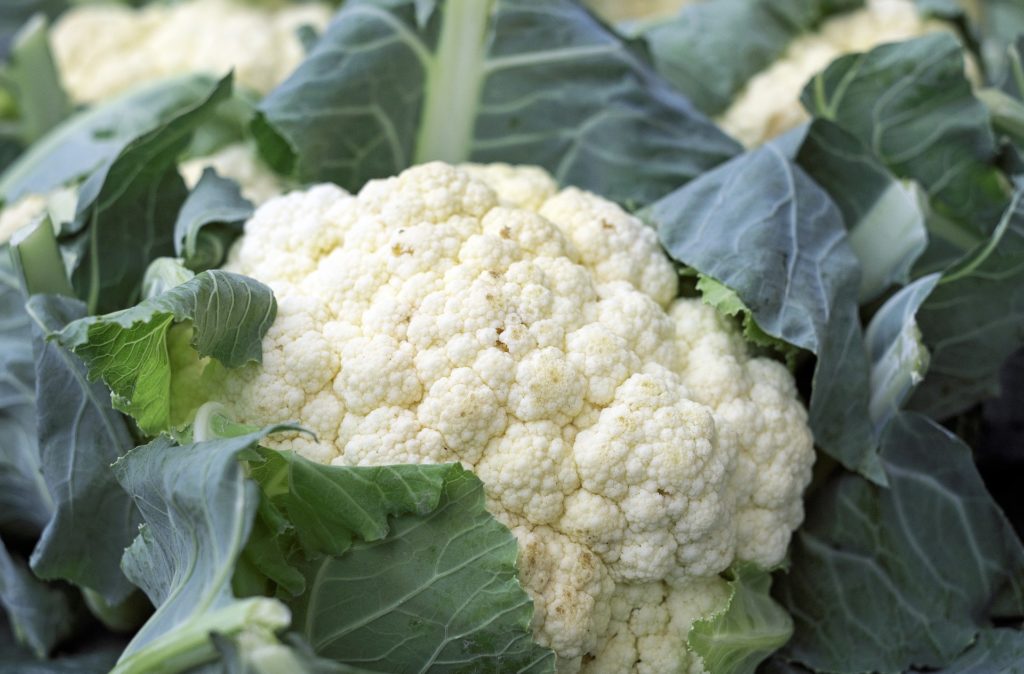
Cauliflower, closely related to broccoli, is another excellent candidate for August planting. Like broccoli, it thrives in temperatures between 60°F and 70°F. Begin sowing seeds indoors in July and transplant them outdoors in mid-August. These plants require consistent moisture and nutrient-rich soil to develop their likely white heads. To protect the heads from sunburn, consider covering them with leaves as they mature.
Cabbage
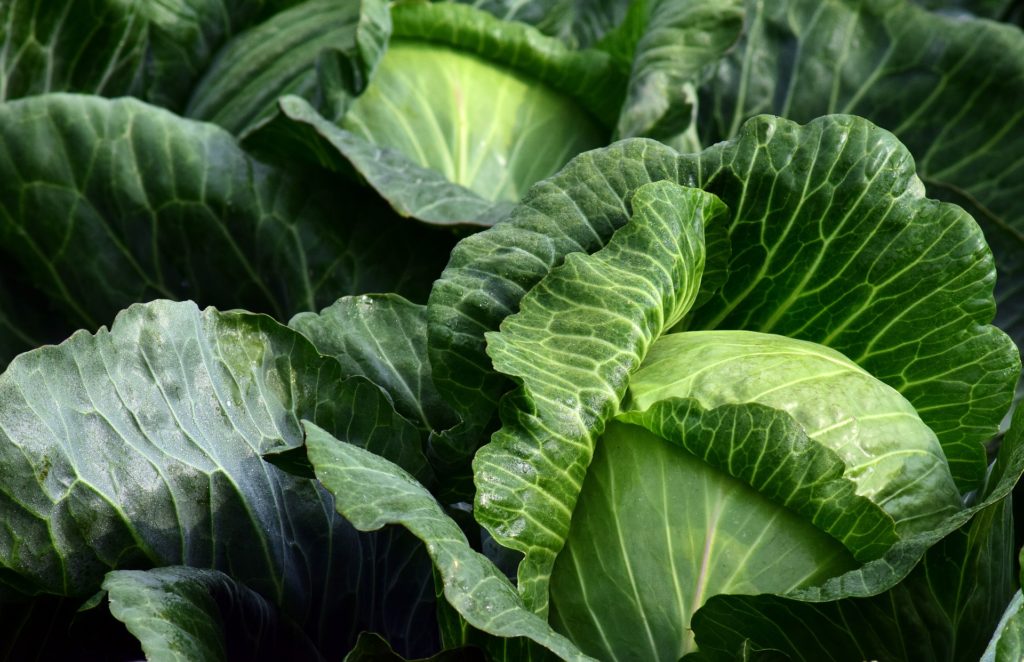
Cabbage can be started in August in Zone 9 to ensure a robust harvest before colder weather arrives. It prefers cooler growing conditions, particularly in the range of 60°F to 70°F. Similar to cauliflower and broccoli, start seeds indoors or purchase transplants for planting. Cabbage benefits from well-draining soil and consistent moisture levels but be wary of both over-watering and under-watering, as each can lead to problems like splitting heads or wilting.
Brussels Sprouts
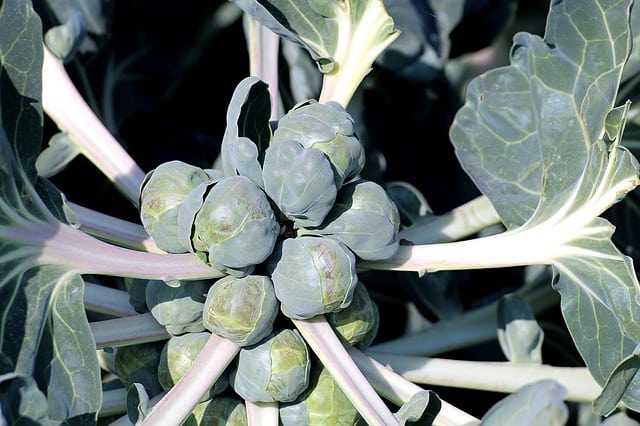
Brussels sprouts thrive in cooler temperatures and can be planted in August to take advantage of the mild fall conditions. These plants enjoy a temperature range of 60°F to 70°F, making late summer planting ideal. Like cabbage, starting seeds indoors for transplanting later is a viable option. Consistent moisture is important for Brussels sprouts, as dry periods can hinder growth. They also require adequate spacing for optimal development of the sprout heads.
Garlic
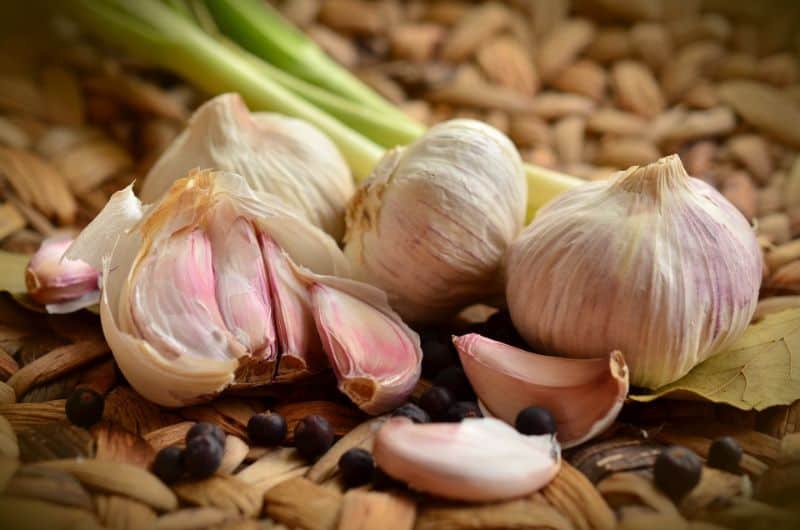
August is not just a month for summer vegetables; it’s also a prime time to plant garlic in Zone 9. Garlic thrives in well-draining soil and requires a cold period to develop properly. While it can be planted in August, many gardeners choose to plant garlic in the fall, allowing the bulbs to develop roots before winter. Garlic prefers temperatures of 60°F to 70°F for the best results.
Onions
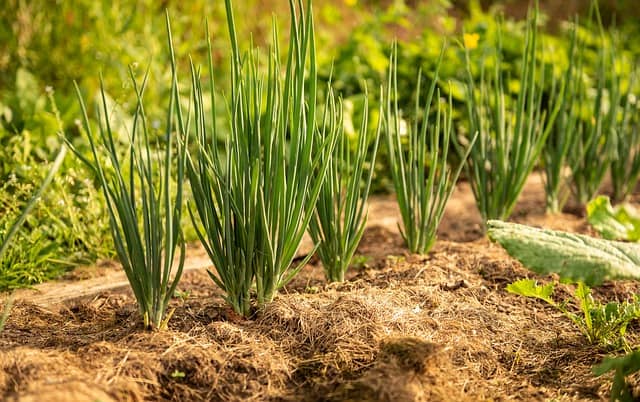
Similar to garlic, onions can be started in August in Zone 9, especially short-day varieties that adapt well to the climate. While many growers opt for November planting, starting onions in August provides an opportunity to enjoy larger bulbs. Onions thrive between 50°F and 75°F, making cooler late summer temperatures ideal. Plant onion sets or seedlings a couple of inches apart in rich, well-draining soil. Ensure they receive adequate water throughout their growing period for robust development.
Fennel
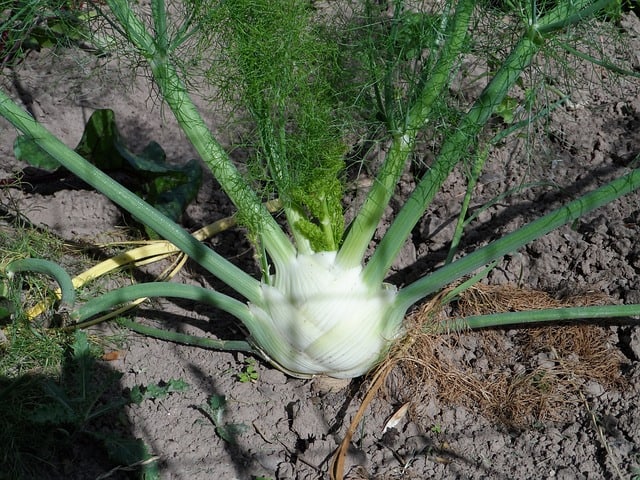
Fennel is a unique and aromatic vegetable that can be planted in August in Zone 9. It prefers moderate temperatures around 60°F to 70°F, making it perfectly suited for late summer planting. The bulbs of fennel develop best in well-draining, warm soil, so plant them directly in the ground about 12 inches apart. Regular watering is crucial, as it helps prevent bolting. The reward is a deliciously mild anise flavor that can be enjoyed raw or cooked.
Turnips
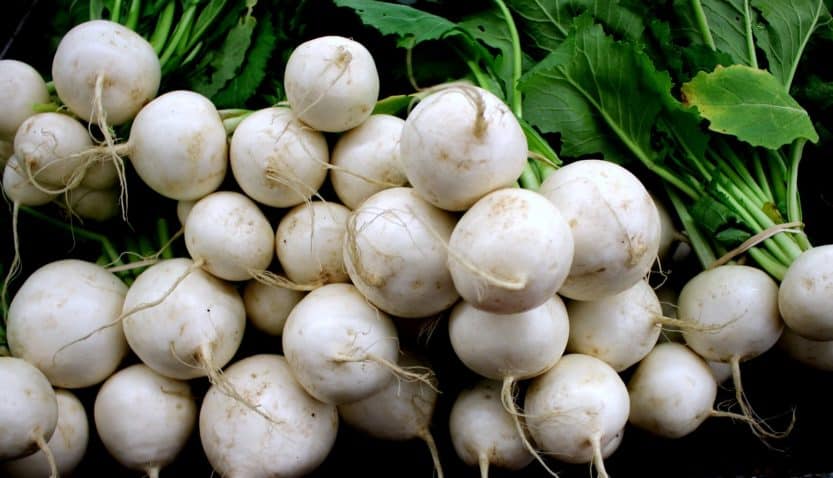
If you are looking for a fast-growing root vegetable, turnips are an excellent option that can be planted in August. They thrive in cooler temperatures, ideally between 50°F to 85°F. Plant seeds directly in the garden in well-drained soil that has been well-prepared. Thin seedlings to allow proper spacing as they develop into edible roots. Turnips mature quickly, allowing for successive plantings every couple of weeks for an ongoing harvest.
Mustard Greens
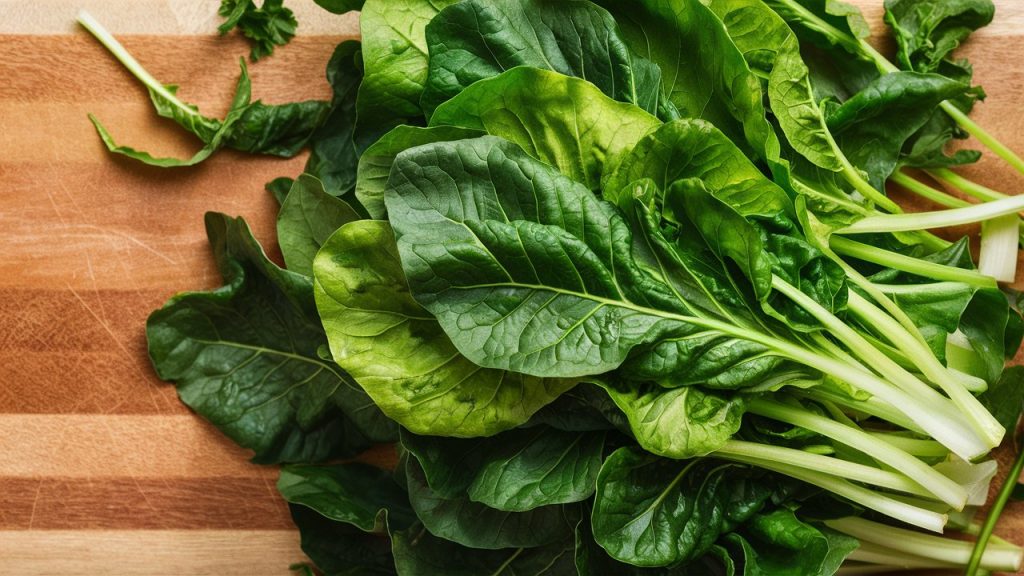
Mustard greens are a spicy, nutritional addition to the garden and thrive when sown in August. Preferring cooler temperatures, they grow best in the range of 50°F to 70°F. Mustard greens are quick to germinate and can be harvested young for tender leaves or allowed to grow larger for a more robust flavor. Plant seeds directly into the ground in well-draining soil, and maintain consistent moisture levels throughout their growth for the best results.
Potatoes
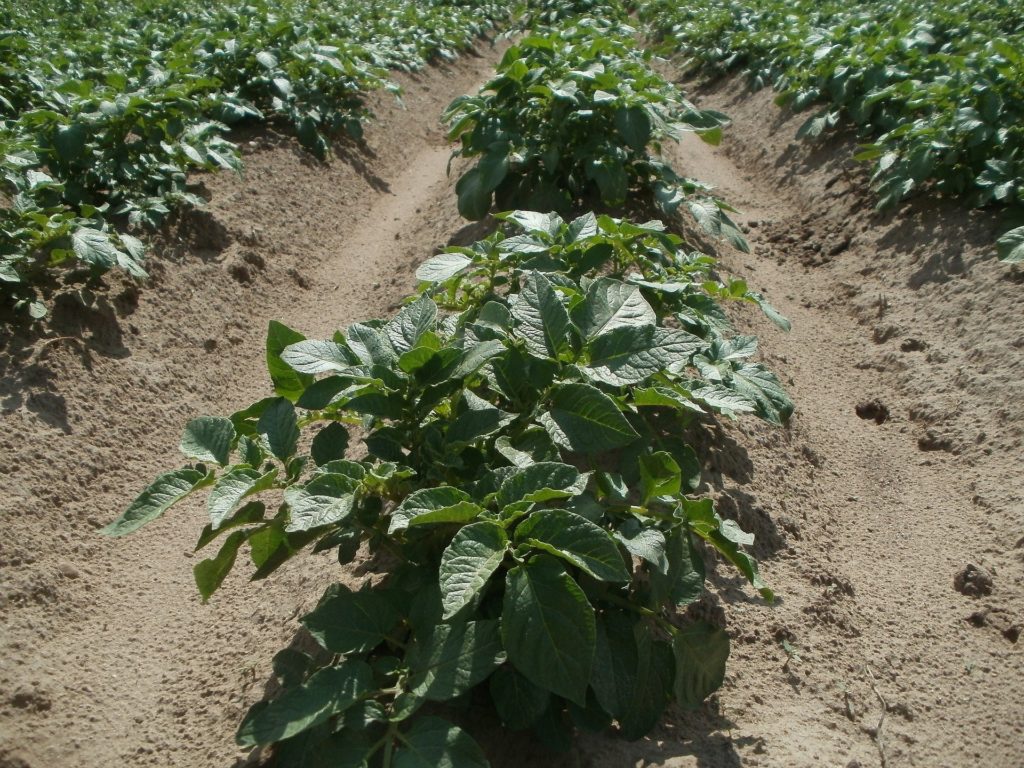
In Zone 9, potatoes are often planted in late summer for a fall crop. While traditionally a spring vegetable, they’ll flourish when given the warm late summer conditions. Ideally, potatoes will grow best when soil temperatures hover around 60°F to 70°F. Choose seed potatoes that are certified disease-free and plant them about 4 inches deep in well-drained soil. Consistent watering, especially during tuber formation, will help ensure a successful harvest.
Hero Tip: Benefits of Companion Planting
When planting your August vegetable garden in Zone 9, consider the benefits of companion planting. Certain plants, when grown together, can help each other thrive by deterring pests, attracting beneficial insects, and optimizing space. For instance, planting basil near tomatoes can enhance tomato growth while repelling some harmful pests, making your garden even more productive.
Conclusion
August in Zone 9 presents a fantastic opportunity for gardeners to extend their growing season and embark on new vegetable planting adventures. From vibrant tomatoes and nutrient-packed greens to fast-growing root vegetables, this time of year opens the door to a variety of crops that can thrive in the warm, mild conditions.


